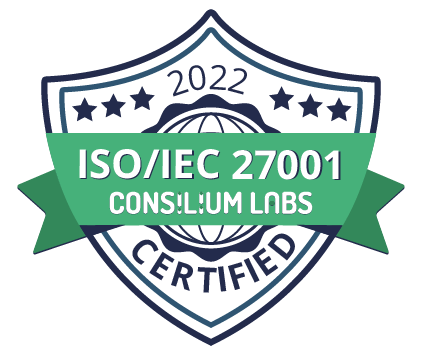Meaningful Improvements in Value Stream Budgeting

In the first blog post in this series, I wrote about the areas within Lean Portfolio Management that involve decision making and how the developers of LPM activities, in their quest to minimize waste, may inadvertently introduce more waste by basing important decisions based on inaccurate measurements.
In the second blog post in this series, I wrote about three LPM activities – formulating strategic themes, lean budgeting, and prioritization of features in a backlog – and where there is room for improvement.
In this blog post – the fourth in the series – I’ll detail how you can realize more value from lean budgeting.
The room for improvements in lean budgeting that I identified in the second blog post in this series were:
- Weak linkage between proposed solution investments and prioritized strategic themes. To connect execution with strategy, prioritization of solution investments should be based on the expected contributions of solution investments to weighted strategic themes.
- The mechanism for diversification of investments across investment horizons and optimization of capacity utilization is not specified. An advanced solver/optimizer can help with both.
To overcome the first weakness – weak linkage between execution and strategy – the participatory budgeting event should ask stakeholders for input on the extent to which they believe each candidate feature will contribute to the various strategic themes of the organization. This creates a strong link between execution and strategy and facilitates discussion and resolution of differences of opinion, which provides better results and increased stakeholder buy-in. Stakeholder judgments can be collected in an asynchronous and/or synchronous manner.

Figure 1 - Asynchronous judgment collection
 Figure 2 - Synchronous judgment collection (Teamtime®)
Figure 2 - Synchronous judgment collection (Teamtime®)
The strategic theme priorities (from strategy formulation) are combined with the stakeholder judgments on the contribution of each feature to strategic themes to derive overall relative priority scores (“cost of delay”) for each feature. We postpone consideration of feature cost (“duration”) to the optimization step where dependencies and other constraints are also considered.
To overcome the second weakness – the mechanism for diversification of investments across investment horizons and optimization of capacity utilization is not specified – we utilize an optimizer that calculates optimal portfolios by considering not only the costs and benefits and costs of each feature, but also considers constraints, such as:
- Feature dependencies on enablers
- Feature dependencies on other features
- Investment horizon constraints
- Value stream capacity constraints
 Figure 3 - Feature dependencies
Figure 3 - Feature dependencies
 Figure 4 - Portfolio canvas with portfolio budget and investment horizon constraints
Figure 4 - Portfolio canvas with portfolio budget and investment horizon constraints
 Figure 5 - Portfolio canvas with value streams as soft constraints, which help you to plan and manage capacity
Figure 5 - Portfolio canvas with value streams as soft constraints, which help you to plan and manage capacity
 Figure 6 - Portfolio plan by investment horizon
Figure 6 - Portfolio plan by investment horizon
 Figure 7 - Portfolio plan by value stream
Figure 7 - Portfolio plan by value stream
In the next blog post, I’ll discuss the specific opportunities for improving backlog prioritization.
Please leave a comment below.












